
Wayo Serengeti Walking Camp, Serengeti
Everyone should experience a safari like this
Close your eyes and imagine yourself at a large rock formation in the middle of the Serengeti. Looking over the savannah below you - and 360 degrees around you. The horizon is the limit - and beyond that, only the sun and sky. There is no one around you; no disturbing noise from car engines. It is magical. Nourishment for the soul.
Nature rules here, where normally only animals roam. Just a handful of operators can arrange walking safaris in Serengeti's 'walking zones', which, surprisingly, take up a big chunk of the National Park. Actually, it is only 30% of Serengeti that is open to the many safari cars. In other words, when you go by a vehicle you are very likely to meet others. Some places become really crowded.
On a walking safari, there is a good chance that you won't meet anyone else, neither cars nor other people, during your entire stay. It is a spectacular experience and somehow the only right way to experience nature so closely.
Pioneers in walking safaris
The Walking Camp is operated by Wayo Africa and founded by our own Jean Du Plessis. In fact, Jean pioneed walking safaris in Tanzania, and still today doing things differently is at the heart of what we do. To get you out of the vehicles and close to the bush, wildlife and red african soil. Because the experience is so much greater and the feeling will stay in your memory.
Why we love Wayo's Walking Camps:
- Access to otherwise closed areas of Serengeti - and no car allowed.
- Some of the best guides in the Northern part of Tanzania.
- Super cozy, small camps with a surprisingly high level of comfort.
- Solar-powered and run by the best and most genuine safari operator.
- For all adventure-seekers and nature-lovers.

Wayo Walking Safari Camp, Serengeti

Wayo Fly Safari Camp, Serengeti

Wayo Fly Safari Camp, Serengeti


Wayo Serengeti Walking Camp, Serengeti
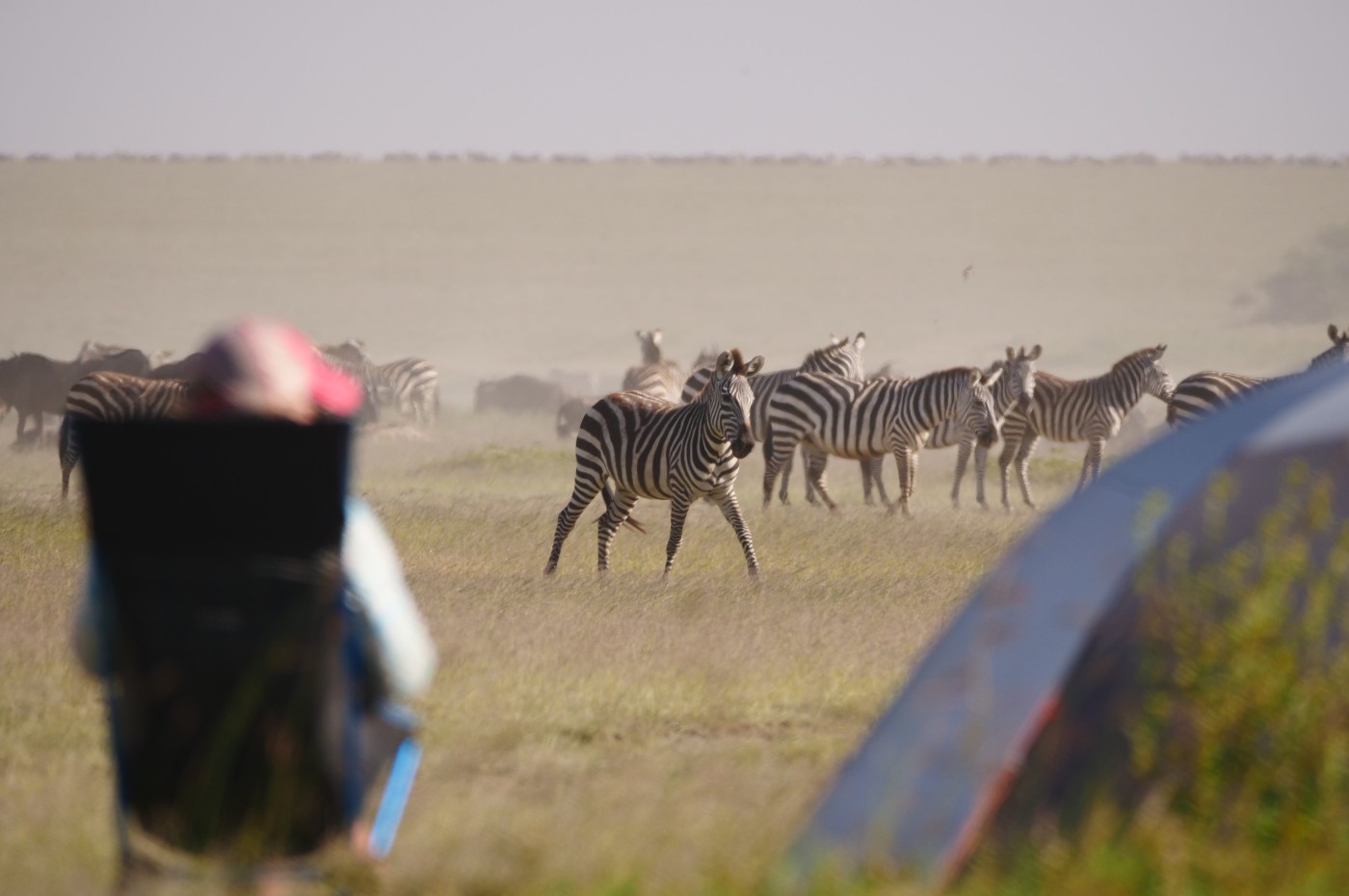
Wayo Walking Safari Camp, Serengeti
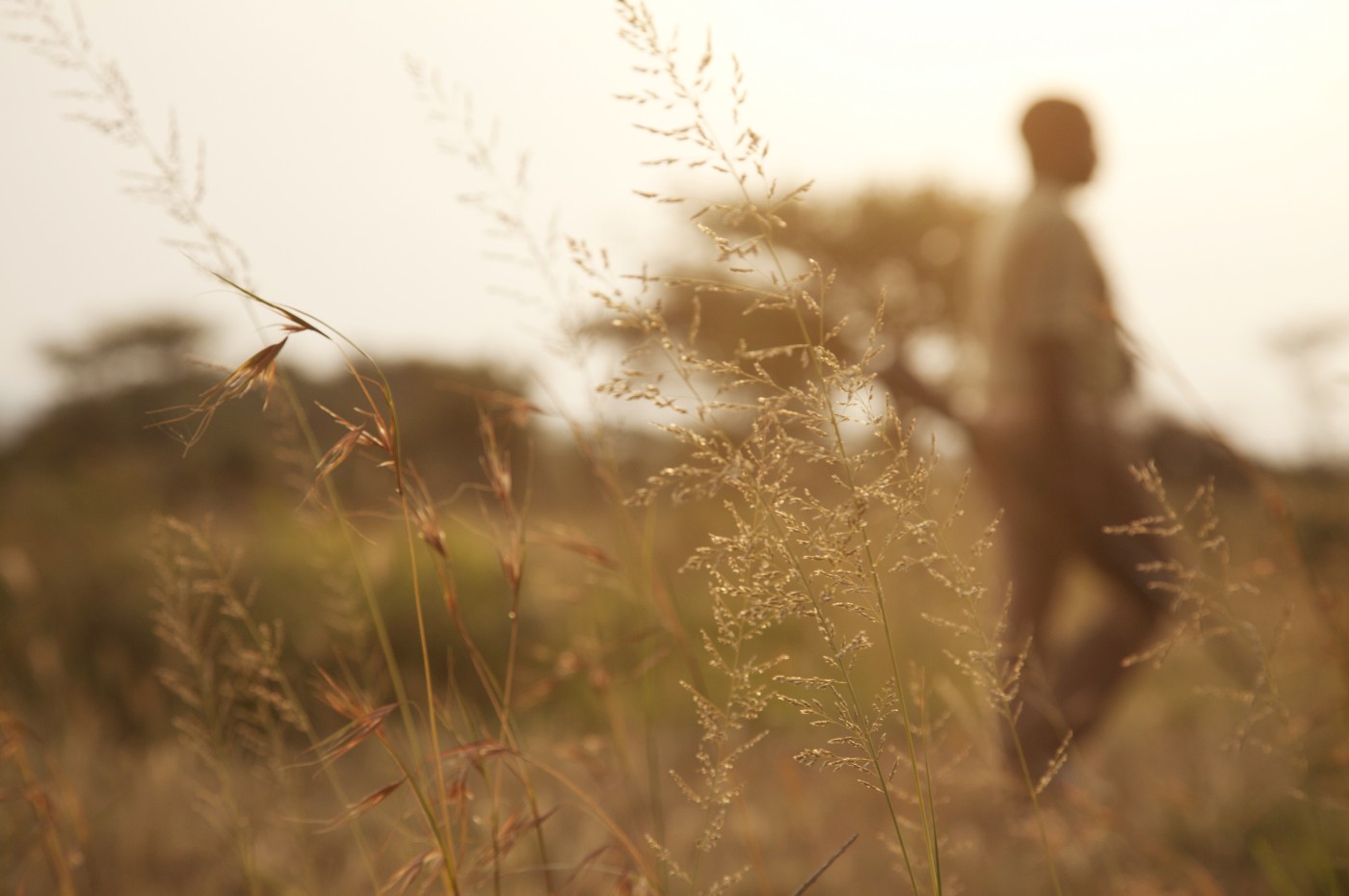
Wayo Walking Safari Camp, Serengeti

Wayo Walking Safari Camp, Serengeti

Wayo Walking Safari Camp, Serengeti

Wayo Walking Safari Camp, Serengeti

Wayo Walking Safari Camp, Serengeti

Wayo Walking Safari Camp, Serengeti
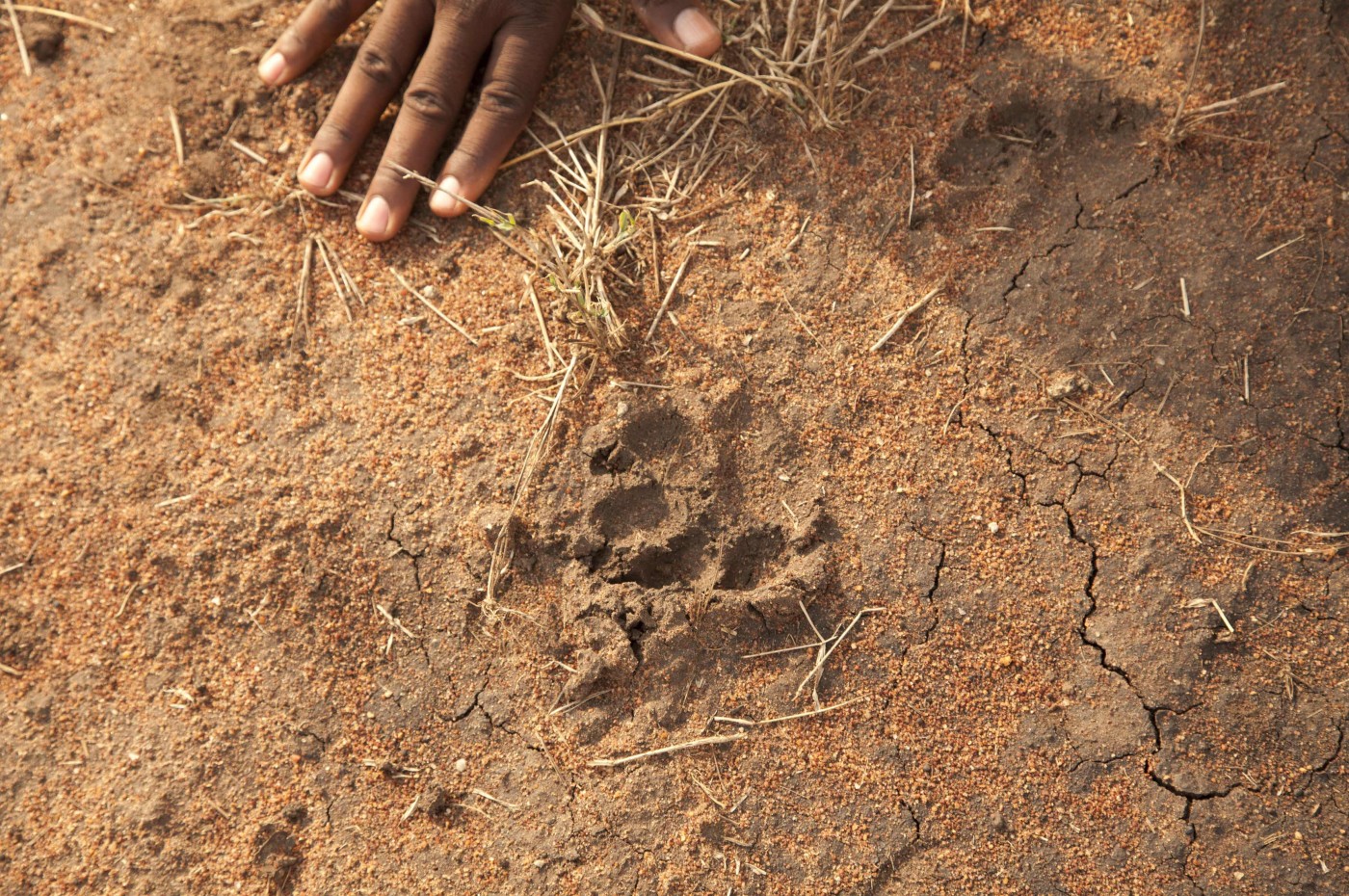
Wayo Walking Safari Camp, Serengeti

Wayo Walking Safari Camp, Serengeti

Wayo Walking Safari Camp, Serengeti
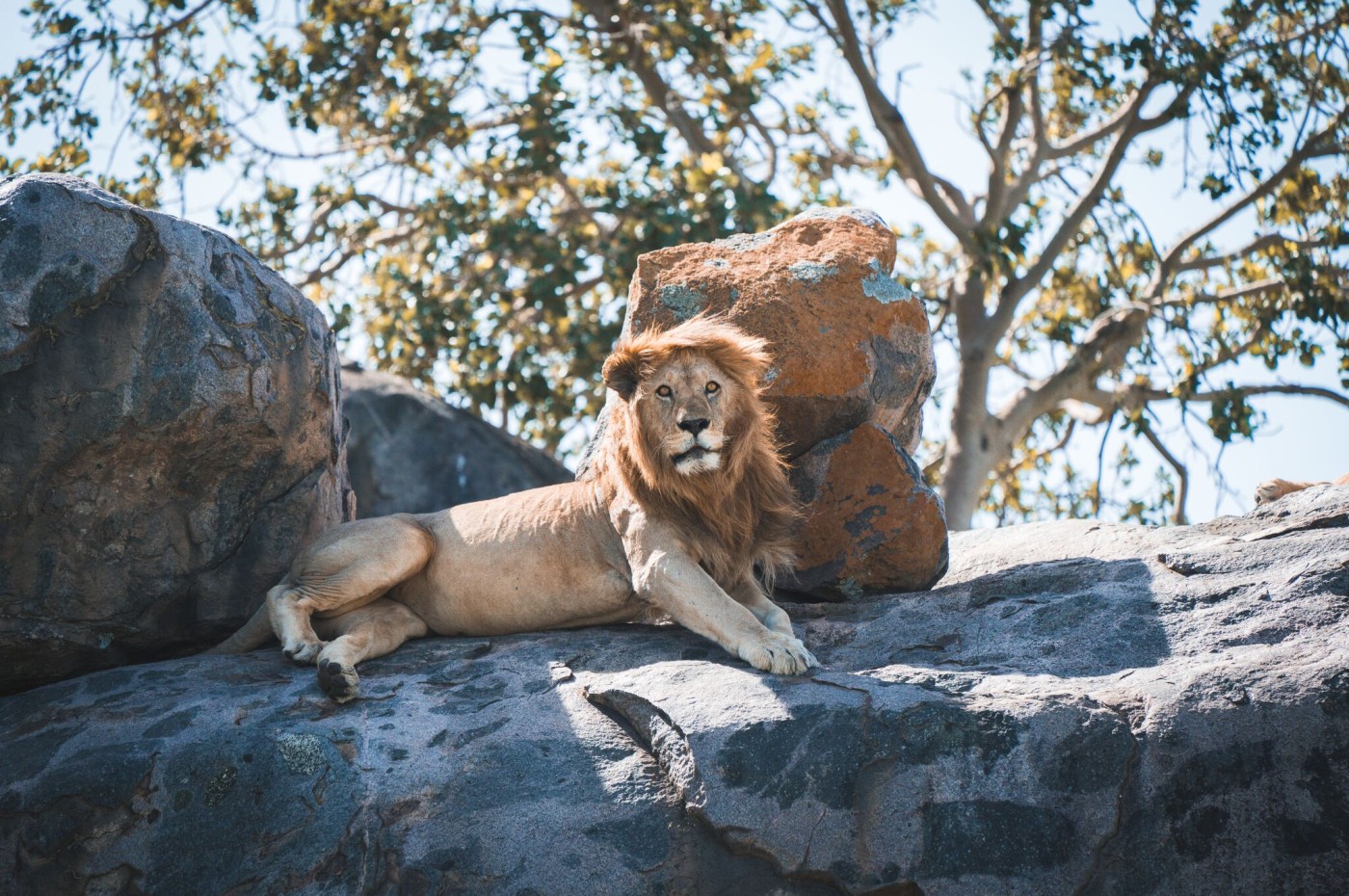

Wayo Walking Safari Camp, Serengeti

Wayo Walking Safari Camp, Serengeti

Wayo Walking Safari Camp, Serengeti

Wayo Walking Safari Camp, Serengeti
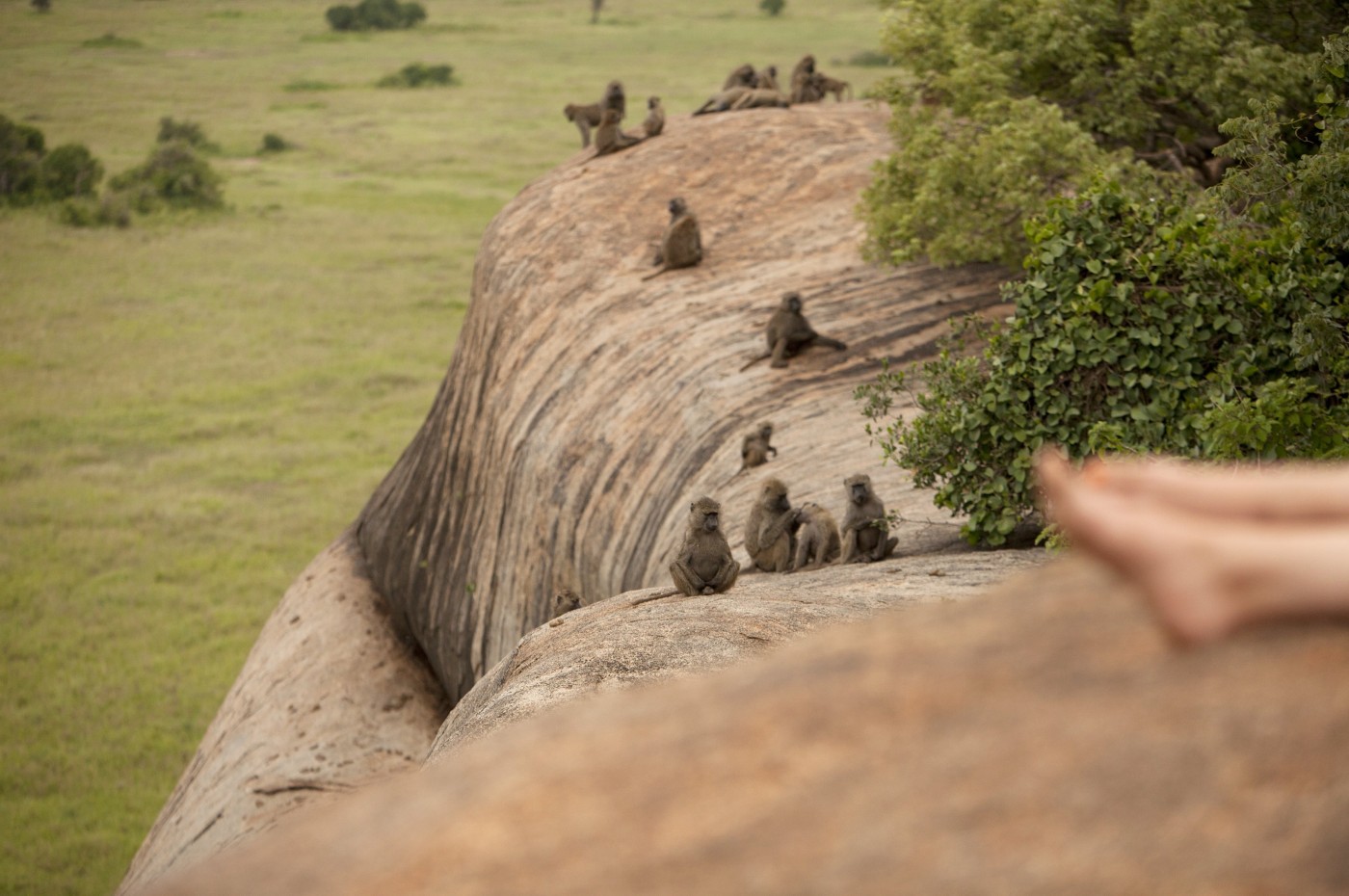
Wayo Walking Safari Camp, Serengeti

Wayo Walking Safari Camp, Serengeti

Wayo Walking Safari Camp, Serengeti

Wayo Walking Safari Camp, Serengeti

Wayo Walking Safari Camp, Serengeti

Wayo Fly Safari Camp, Serengeti
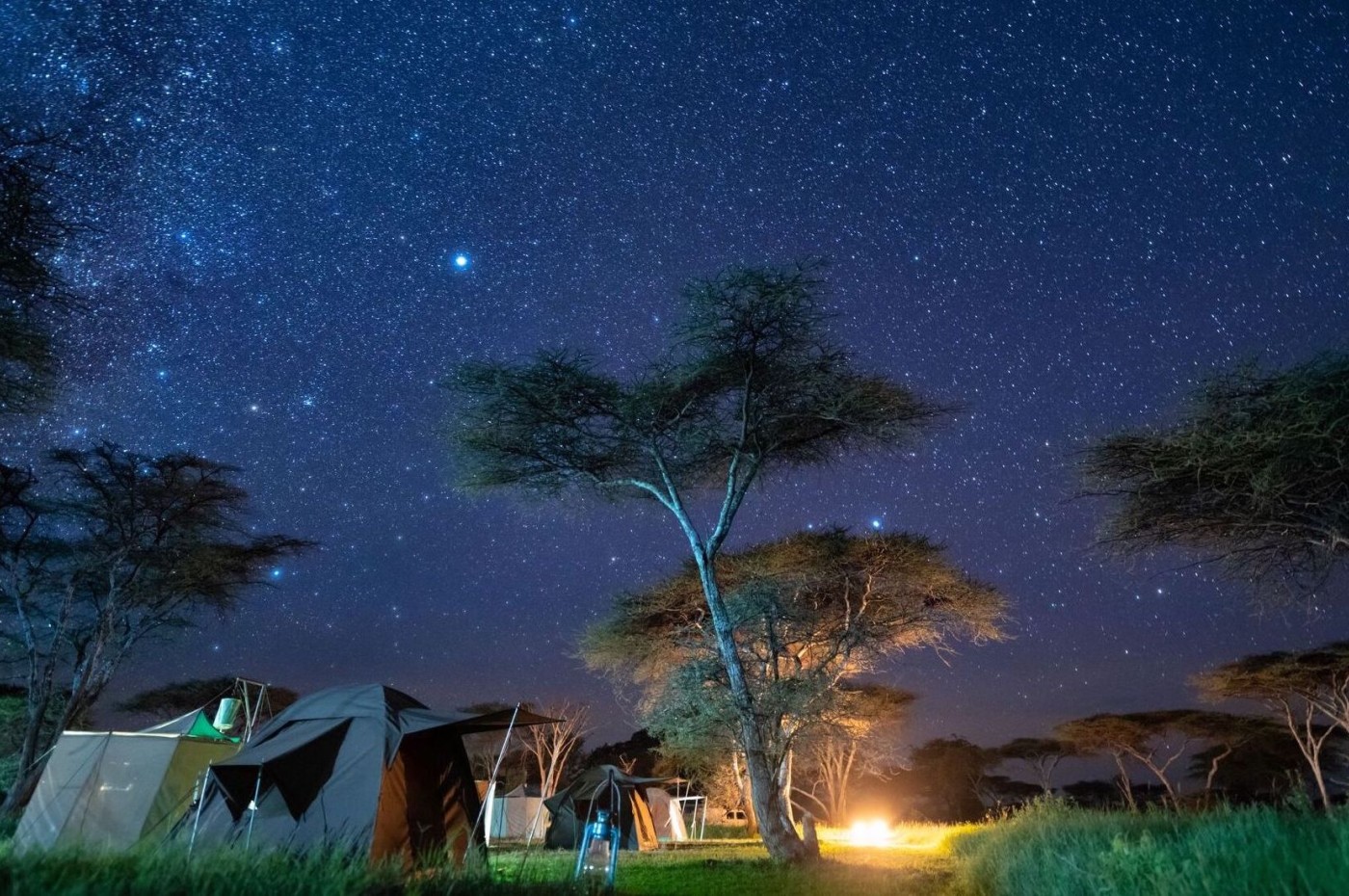
Wayo Walking Safari Camp, Serengeti
A holistic experience
A normal safari entails driving around to look for animals. On a walking safari, the big animals are just part of a greater nature experience. The almost meditative quietness is equally important. And so are all the small animals that you cannot see from a car.
The beetles that clear up the remnants of the migration's millions of wildebeest and zebras. The bat-eared foxes that clean up after the beetles. The last remnants of a "kill", where the hyenas have just finished the feast, leaving nothing behind.
You learn about the unique ecosystem. The cycle of nature where everything is so beautifully interlinked. You spot animals based on their tracks and feces left behind. You feel Africa. Listen to the utter silence, and then the sound of the millions of wildebeest and zebras migrating to find new pastures. This is Africa.
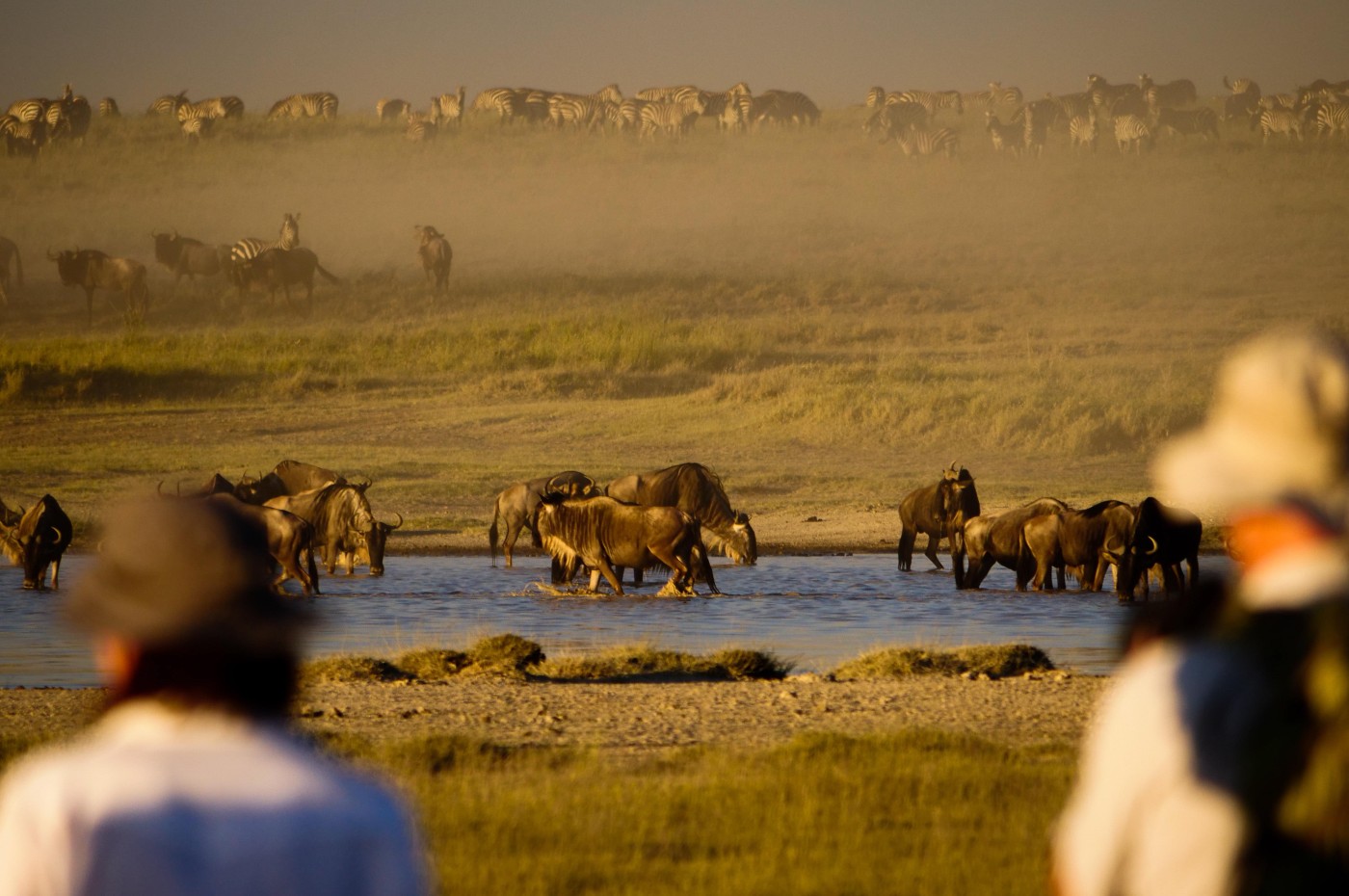
Wayo Walking Safari Camp, Serengeti, Tanzania
Neither hard nor dangerous
"But is all of this safe?", you might have already asked yourself. To move around the world's largest concentration of wild animals? Well, we can't say that there are no risks, and that is of course the reason why you have to be accompanied by an armed ranger in addition to your guide.
And actually, it is not as dangerous as it might sound. The popularity of Serengeti has made the animals accustomed to safari cars, so they are less afraid of them than they are of humans on foot. Contrary, the fear of people in has grown in them over generations. Therefore, the animals keep their fair distance from people walking as they would if it was a safari car.
It is not strenuous either since Serengeti is mostly a flat savannah landscape. Length and distance are always adjusted according to your need and ability. You can even bring kids down to 8 years of age, who are adventurous and up for walking.

Wayo Walking Safari Camp, Serengeti
A typical day
On a typical day, you wake up with the sun. After a warm cup of morning coffee, you head out on the plain. When you are hungry, breakfast is served at a suitable place in the midst of the bush. By a river bank, on a cliff top, under an acacia tree. Typically, you walk until lunch, which is served in your camp.
In the afternoon, you enjoy the peace and quiet (and shadow) of the camp. In the late afternoon, you go on a short hike, where you might end on top of a kopje top from where you can enjoy the sunset and sundowners. Back in the camp, dinner is beautifully served at a long table below the starry sky. Then, a bonfire secures the ambiance, and drinks are served while you look into the alluring fire and share the day's experience with your fellow travelers. Go to bed early and get ready for another magical day in one of the wildest places on the planet.

Wayo Walking Safari Camp, Serengeti
The comfortable walking camp
There are two types of camp - The comfortable camp and the trekking camp. When you go for the comfortable version, you usually live in the same camp during the walking safari. The camp changes location with the migration and weather, but is otherwise days, weeks or even months in the same place. It may change at a short notice within the same zone if the weather or wildlife is better at another location. There is one road into the camp, but otherwise no roads and no cars in the area.
You live in comfortable small tents with good mattresses. Close to the opening of the tent, there is a private open-sky bathroom with a bucket shower and composting toilet.
You will also find a small, cozy common tent with lounge furniture, where you can hang out should the rain come. But otherwise, you will mostly be outside below the open sky. Around the bonfire or at the dining table. Or perhaps on a mattress below the cooling shadow of the acacia tree.
The trekking camp
This is a lightweight camp, which moved with you. I.e. you will sleep at a new location every night. It is a bit more basic than the comfortable walking camp. It is a smaller tent, but still a comfortable 3-person tent (for 2 persons). If you go for the most adventurous version you carry your camp yourself, but the most normal is to have staff go in advance to set up the camp. Then it will be ready for you when you arrive.

Wayo fly Safari Camp, Serengeti
From 1 night to a 2-week expedition
You can take just one night in Wayo's walking camp, and then combine it with the stationary Wayo Serengeti Green Camp. We recommend a minimum of two nights though, and this will be fine for most people. In fact, we think everyone should treat themselves to this experience if they find themselves in Tanzania.
It is possible to arrange longer expeditions of up to two weeks where the camp moves to a new location every day. You can for example walk from the center to the northern part of Serengeti in approx. one week. The whole trip is in walking zones where you will most likely not meet other people or cars. It is the ultimate nature experience in the plains of Serengeti.